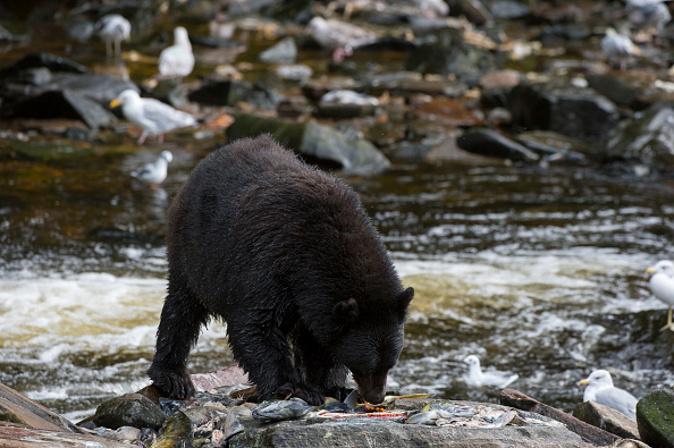Spotting a bear in the Alaskan wilderness is an exciting and terrifying prospect for nearly 2 million visitors who make the trip up north annually.
However, dealing with bears is a chore and just part of life for locals.

Spotting a bear in the Alaskan wilderness is an exciting and terrifying prospect for nearly 2 million visitors who make the trip up north annually.
However, dealing with bears is a chore and just part of life for locals.